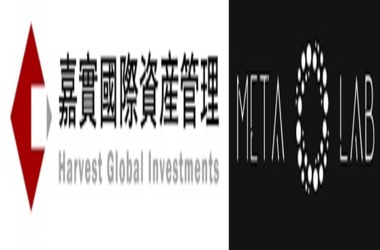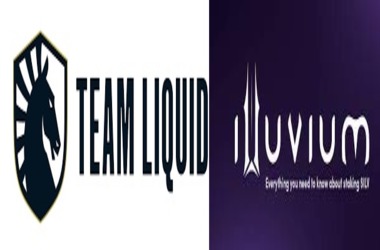 In a groundbreaking move reported by Bloomberg on November 23, Harvest Global Investments (HGI) has joined forces with Meta Lab HK to tokenize a fund under its management, making it the inaugural tokenized fund launched by a Chinese financial institution in Asia. This development follows the recent release of the Hong Kong Securities and Futures Commission (SFC) tokenization circular, signifying a notable industry practice.
In a groundbreaking move reported by Bloomberg on November 23, Harvest Global Investments (HGI) has joined forces with Meta Lab HK to tokenize a fund under its management, making it the inaugural tokenized fund launched by a Chinese financial institution in Asia. This development follows the recent release of the Hong Kong Securities and Futures Commission (SFC) tokenization circular, signifying a notable industry practice.
Decoding HGI’s Tokenized Fund: A Comprehensive Analysis
- The Target Audience: Professional Investors Take Center Stage
The collaboration between HGI and Meta Lab HK has resulted in a tokenized fund strategically tailored for professional investors. Insights from those involved in tokenization practices highlight the efficiency of targeting professional investors, particularly when dealing with mature financial products like U.S. bonds. This approach aligns with global practices, where regulatory compliance restrictions often steer tokenized funds away from direct sales to retail investors.
While HGI’s tokenized fund utilizes Stellar, a public blockchain commonly adopted by financial institutions, it remains exclusive to professional investors. The recent SFC circular, however, signals a positive shift, suggesting openness to broader investor groups, provided regulatory requirements are met.
Regulatory Trends: A Long-Term Perspective on Tokenized Funds
Anticipating the future, there is an expectation that Hong Kong will eventually open tokenized funds to retail investors. This shift is contingent on intermediary institutions effectively addressing risks associated with tokenization, including ownership, technology network security, and anti-money laundering, all while adhering to traditional securities regulations. The CEO of SFC emphasizes the need to minimize risks and develop tools to navigate the new risks inherent in new technologies.
SFC’s emphasis on blockchain analysis tools in the virtual asset field further reinforces the role of compliance technology in the regulatory process of tokenized securities. These tools enable rapid tracing of on-chain addresses, identification of abnormal transactions, and recognition of potential risks through the analysis of transaction patterns, address associations, and fund flows.
-
Investment Targets: U.S. Bonds at the Core
In the realm of tokenized funds, HGI’s focus on investment-grade U.S. dollar bonds is reflective of a prevalent trend. The tokenization of U.S. bonds has witnessed substantial growth globally, exceeding $770 million, with a monthly expansion rate of approximately 10%. Compliance conditions, however, necessitate innovative approaches such as tokenizing fund shares holding U.S. bonds or the debt of Special Purpose Vehicles (SPVs) holding U.S. bonds.
The SFC circular underscores that any fund utilizing blockchain or similar technologies falls under the regulatory scope of tokenized securities. HGI’s tokenization arrangement involves blockchain networks for recording ownership and transaction records, offering advantages such as simplified processes, reduced costs, increased transparency, improved liquidity, and lowered investment thresholds through asset fractionalization.
-
“Penetration” Technology: Unveiling the True Nature of Tokenized Securities
Viewing tokenized products through a “penetrating” lens emphasizes the importance of overcoming technological barriers. The circular underscores that Tokenised Securities maintain the fundamental nature of traditional securities with a tokenization “wrapper,” subject to existing legal and regulatory requirements.
For the issuance of tokenized funds in Hong Kong, compliance with regulatory requirements for traditional funds precedes additional obligations related to risk control, information disclosure, and investor protection in various tokenization schemes. The core challenge in regulating virtual assets lies in defining their attributes, a complexity that can be addressed by understanding the substantive characteristics of underlying assets within existing legal frameworks.
Conclusion: Navigating the Future of Tokenization
As the tokenization of traditional financial instruments deepens, compliance technology solutions like blockchain analysis tools will play an increasingly vital role. In the Web3 era, placing data and assets on the chain requires ensuring compliance on the chain. As highlighted by OKG Research, the future of tokenization hinges not solely on technology but on the richness of underlying assets. In this dynamic landscape, regulatory authorities and financial institutions must adapt to foster innovation and securely navigate the transformative journey of tokenized securities.








